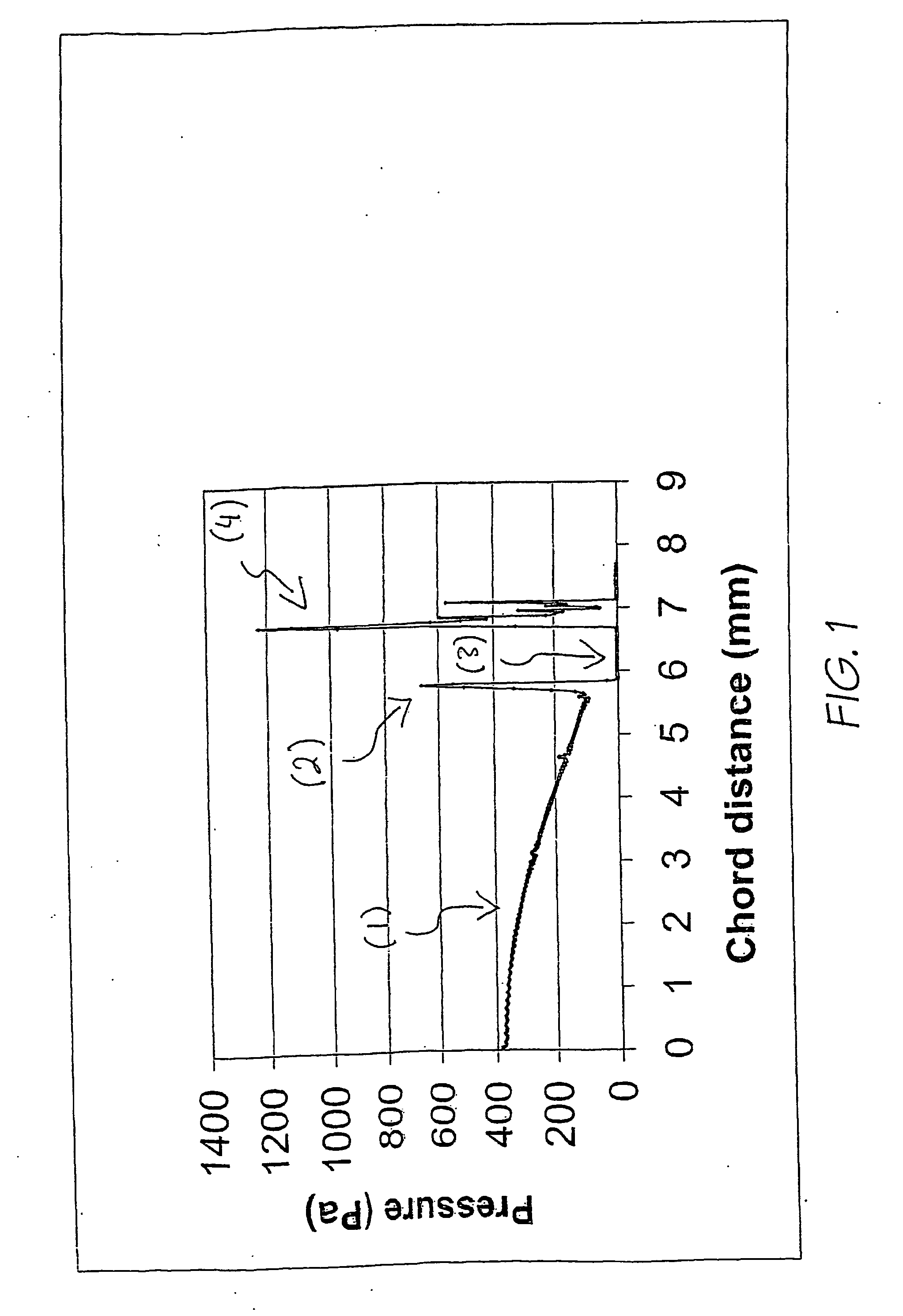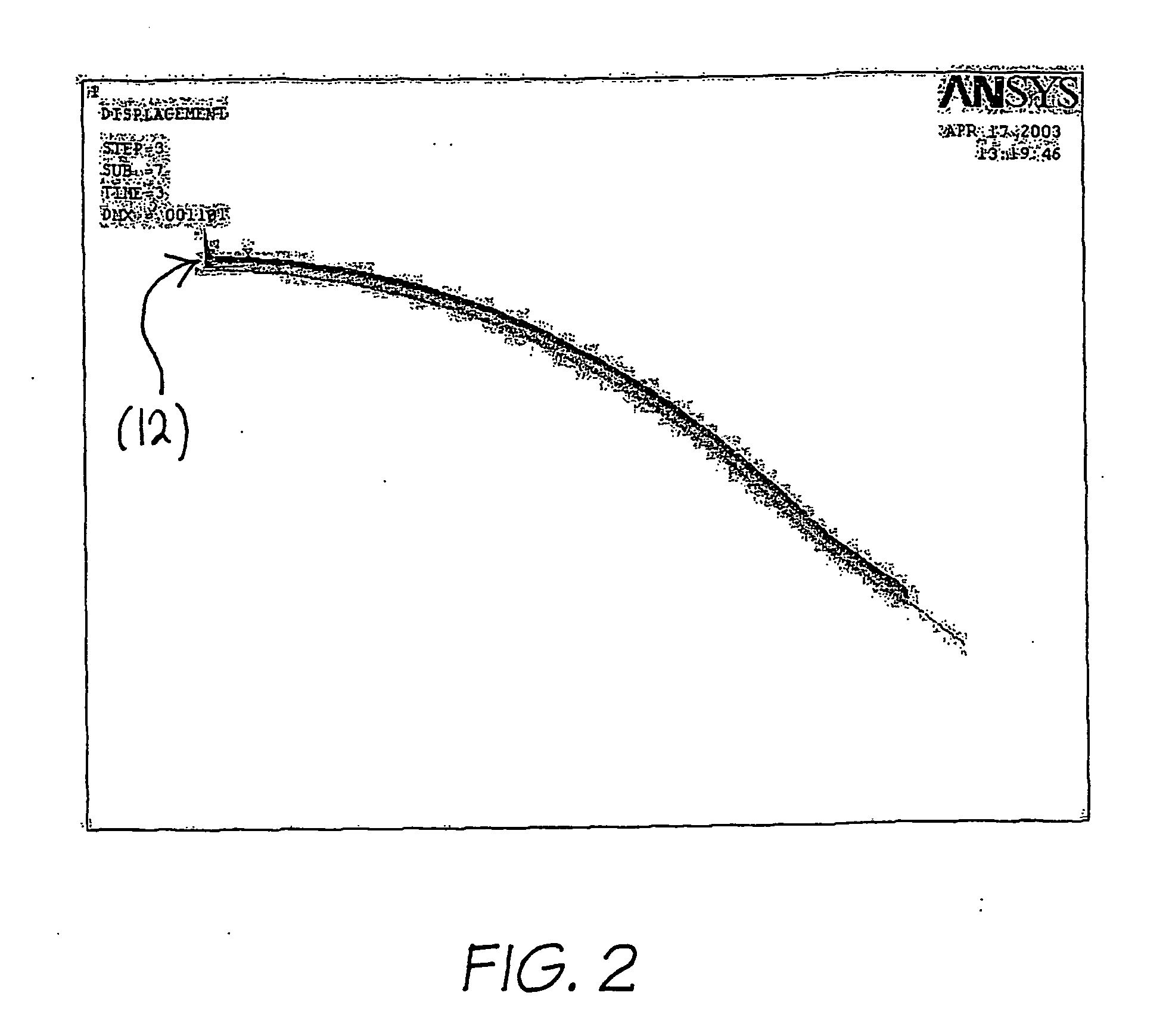Design and calculation of post-lens pressure profile for contact lens
a pressure profile and contact lens technology, applied in the field of post-lens pressure profile calculation and contact lens, can solve the problems of inability to determine the comparative pressure profile data of the lens for lens design, inability to design contact lenses suitable, etc., and achieve the effect of large deflection/non-linear geometry
- Summary
- Abstract
- Description
- Claims
- Application Information
AI Technical Summary
Benefits of technology
Problems solved by technology
Method used
Image
Examples
Embodiment Construction
[0046] Mechanical stresses caused by soft contact lens wear are implicated in several of the adverse side effects of such wear. At present there is no reliable method in use for predicting the severity of mechanical stresses that will be caused by a given lens design. The interaction between lens and eye is of a complex enough nature that changes to lens designs intended to improve compatibility may have counter-intuitive results. Furthermore, even when a lens is in use, it is extremely difficult to measure interactions with the eye surface because of the small spaces involved and the sensitivity of the eye.
[0047] The preferred embodiment described for obtaining maximum and root-mean-square corneal stresses allows a practical way to quantitatively estimate these stresses and thus to assess the risk that a given design will cause mechanically-induced adverse reactions on the eye. The ability to screen designs before manufacturing is particularly advantageous.
[0048] The method of th...
PUM
 Login to View More
Login to View More Abstract
Description
Claims
Application Information
 Login to View More
Login to View More - R&D
- Intellectual Property
- Life Sciences
- Materials
- Tech Scout
- Unparalleled Data Quality
- Higher Quality Content
- 60% Fewer Hallucinations
Browse by: Latest US Patents, China's latest patents, Technical Efficacy Thesaurus, Application Domain, Technology Topic, Popular Technical Reports.
© 2025 PatSnap. All rights reserved.Legal|Privacy policy|Modern Slavery Act Transparency Statement|Sitemap|About US| Contact US: help@patsnap.com



